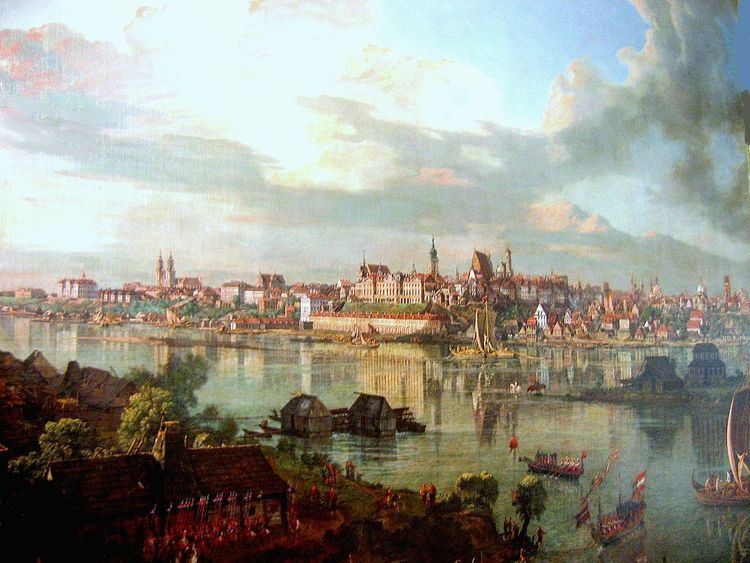 | ||
Royal city in poland
In the history of Poland, a royal city or royal town (Polish: miasto królewskie) was an urban settlement within the crown lands (Polish: królewszczyzna).
Contents
The most influential royal cities enjoyed voting rights during the free election period in Poland (1572-1791). These cities were Gdańsk, Warsaw, Kraków, Poznań, Lwów, Wilno, Toruń, Lublin, Kamieniec Podolski and Elbląg. Other important royal cities included Gniezno (ecclesiastical capital of Poland and former capital of early medieval Poland), Płock (former capital of medieval Poland), Grodno (general sejm location alongside Warsaw), Bydgoszcz and Piotrków (Crown Tribunal locations alongside Lublin).
Law on the Cities
On April 18, 1791, the Great Sejm adopted the Free Royal Cities Act (full title: "Miasta nasze królewskie wolne w państwach Rzeczypospolitej" - "Our Free Royal Cities in the States of the Commonwealth"), included as Article III into the Constitution of May 3, 1791.
The law granted a number of privileges for the residents of royal cities. Many of these privileges and rights have already been enjoyed by major royal cities, and the law effectively equalized all royal cities in this respect. It also includes some rights earlier enjoyed only by szlachta.
